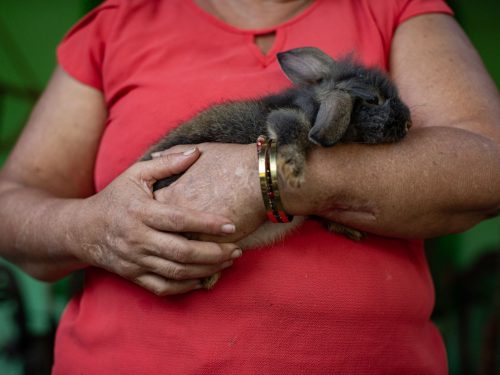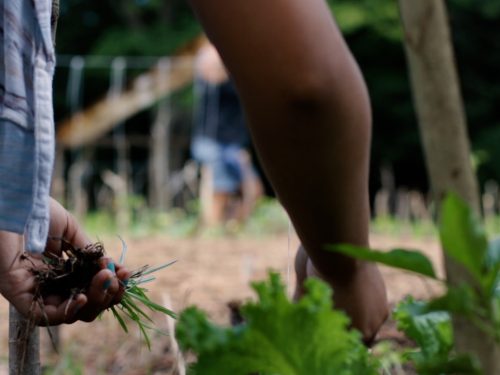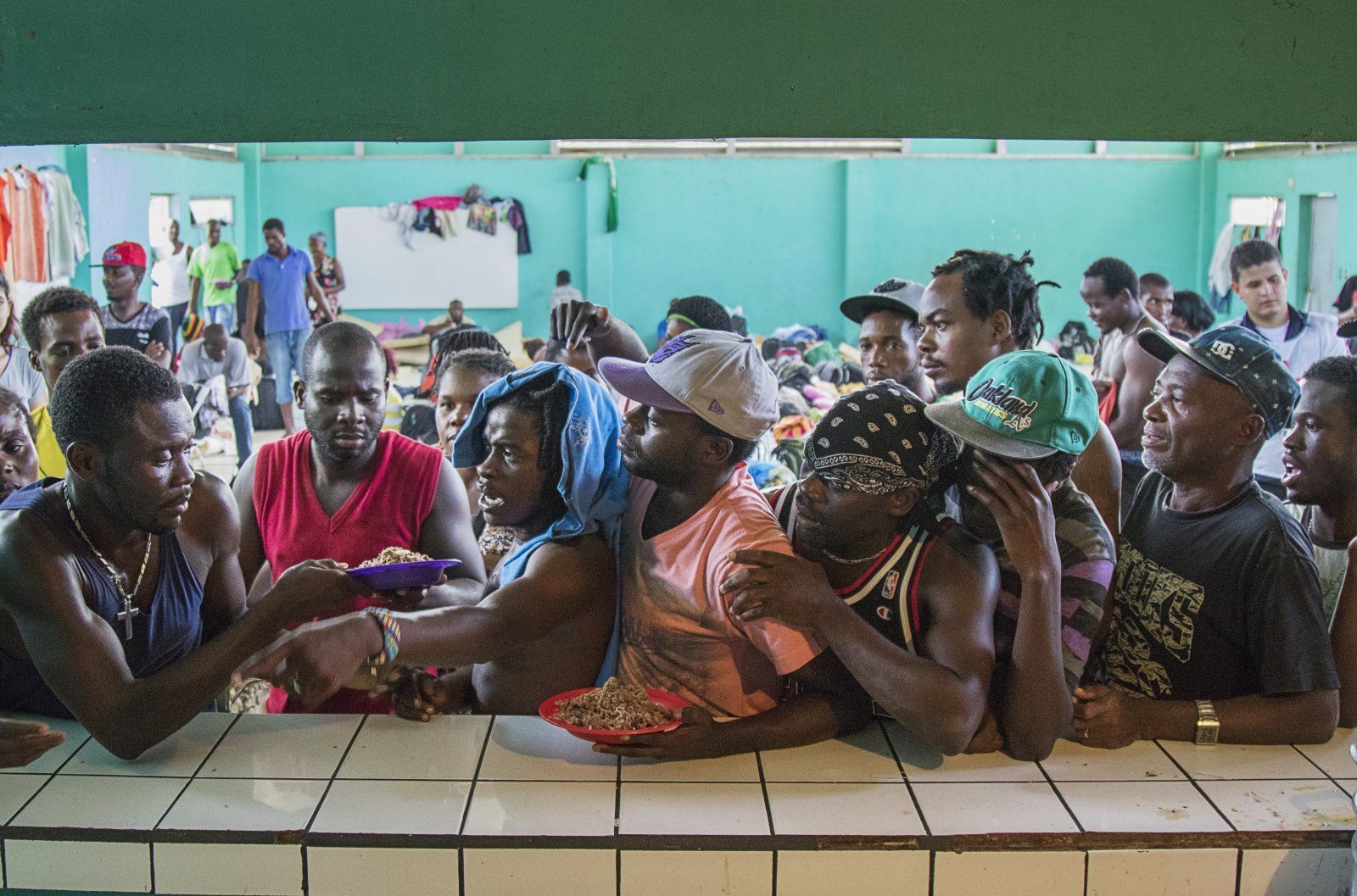
For many people, no creature evokes the kind of disgust and horror that snakes do, and this country has an abundance of slithering serpents known to have deadly dentures.

- Eyelash Viper Photo by Carlos Rivera
But the reality is that snakebites are few and far-between. On average, 504 people are bit per year in all of Costa Rica, according to a review of medical facility data by Mahmood Sasa from the University of Costa Rica. And thanks to the advent of powerful and very toxic antivenins, most snakebite victims, like Pelada resident Sophie Ballegeer, survive the experience.
In June of 2009, Ballegeer was arriving at a friend’s house when she felt a light touch on her baby toe, and recognized the sensation of two teeth biting her. A friend of hers drove her to the hospital in Nicoya, where a doctor was able to determine that she was bitten by a Coral snake, based on the small bite marks and her symptoms. The Coral snake is one of the most venomous snakes known, but also a very small snake that in most cases recoils when provoked instead of biting.

- Bushmaster Photo by Felipe López
“I could follow the pain spreading,” Ballegeer recalled, tracing the origin of the pain along her leg. “I started to feel intense, terrible pain, like birth contractions; it was so horrible. They even gave me morphine, but it didn’t work.”

- {Coral Snake Photo by Felipe López
What followed was a course of antivenin, an effective, but extremely powerful decoction of snake venom and sheep serum, shots of penicillin to counter infections, and leg paralysis for days after the first antivenin treatment. It took three weeks of treatments, allergic reactions and hospitalizations before she was back to normal.

- Fer-de-Lance Photo by Felipe López
So, if you don’t want to live Ballegeer’s experience, try to avoid circumstances in which bites are more likely. Andrea Prendas, a representative of MINAET in Hojancha, explained that dead foliage, fallen trees and other things which create a shaded and damp area are typically enjoyed by hungry snakes as blinds from which to observe and catch prey.
“We recommend that you don’t get too close to rivers or dead trees and foliage,” she said. “Try not to touch trees without looking. Open your eyes. If you see a snake and it’s very close, don’t try to run away or attempt to step on the snake.” Wearing heavy-fabric pants during treks and hikes is also a necessity, as most of the smaller snakes can’t bite through leather, thick denim and other rough-spun outdoor fabrics.
What to Do If You Are Bitten
But what if the unimaginable actually happens? “Keep calm,” advised Dr. Kattia Porras Chacon, a local private practitioner in Nosara. “If you’re bitten, go to the hospital immediately. Do not try to suck or apply pressure to the bite. Only hospitals keep antivenin in stock because the antidote has bad side effects, so it has to be administered in a facility which can monitor and control the effects.”
According to Dr. Porras, victims have a six-hour window in which to seek care after being injected with venom. “And if you can, bring the snake, alive or dead,” she said. “It’s best because then the specialist will know what kind of snake bit you.”
The fact is, snake envenomation is rare. In 13 years of practice, Dr. Porras says she’s only seen five cases of venomous snakebites. “Three of them were people trying to grab the snake when they were drunk or trying to be brave,” she said. “One was a gardener who was working and was bitten by a snake and the last was walking over a bridge and was not looking. He stepped on a snake, which bit him.”
Local Poisonous Snakes to Avoid
Coral Snake – Black, yellow and red banding across the body, extremely venomous. Its very small teeth and meek disposition mean that it rarely bites, and it cannot bite through leather and other tough materials.
Fer-de-Lance – French for “spearhead.” It has black, brown and green mottled colours with dark blotches along its back. It is considered to be one of the most dangerous snakes in Costa Rica.
Eyelash Viper – Also called the “Bocaraca” in Spanish. The eyelash viper can have several color variations and combinations of red, yellow, brown, green and pink. It is a small, tree-inhabiting snake, averaging about 2.5 feet in length, but don’t let the size fool you— its bite is still dangerous.
Tropical Rattlesnake – “Cascabel” in Spanish, for its rattling sound when disturbed. This rattlesnake is one of the larger species of venomous snakes in Costa Rica. Its venom is neurotoxic, very strong, and has effects on the operation of the eyes– some bite victims go permanently blind from late or inadequate treatment.
Bushmaster – The king of venomous snakes in Costa Rica can reach lengths of up to 8 feet. It is easily the largest venomous snake in the country and has an added danger of being able to strike with multiple bites. Luckily, it’s a nocturnal predator and usually will be avoided by people for this reason.










Comments